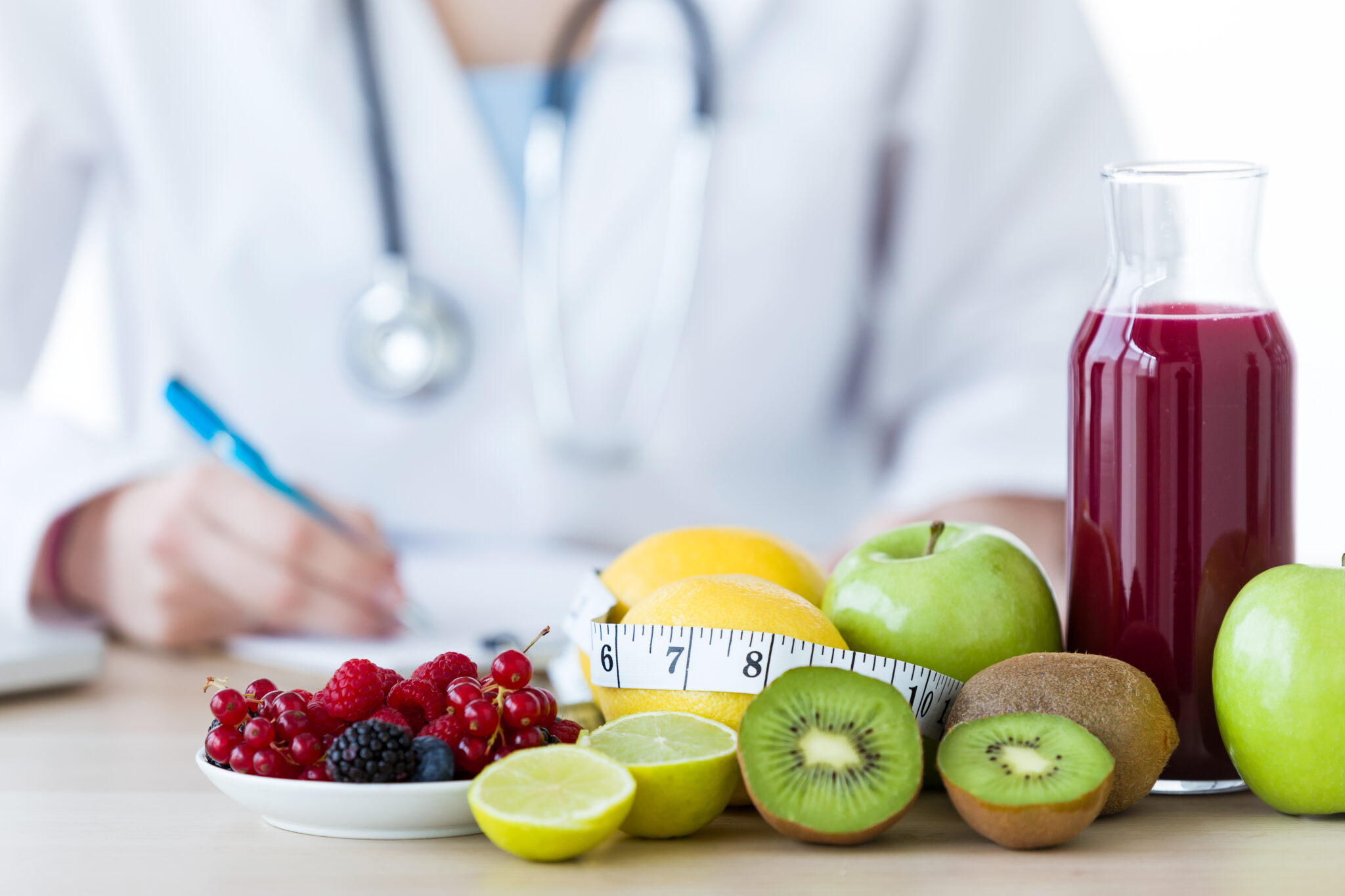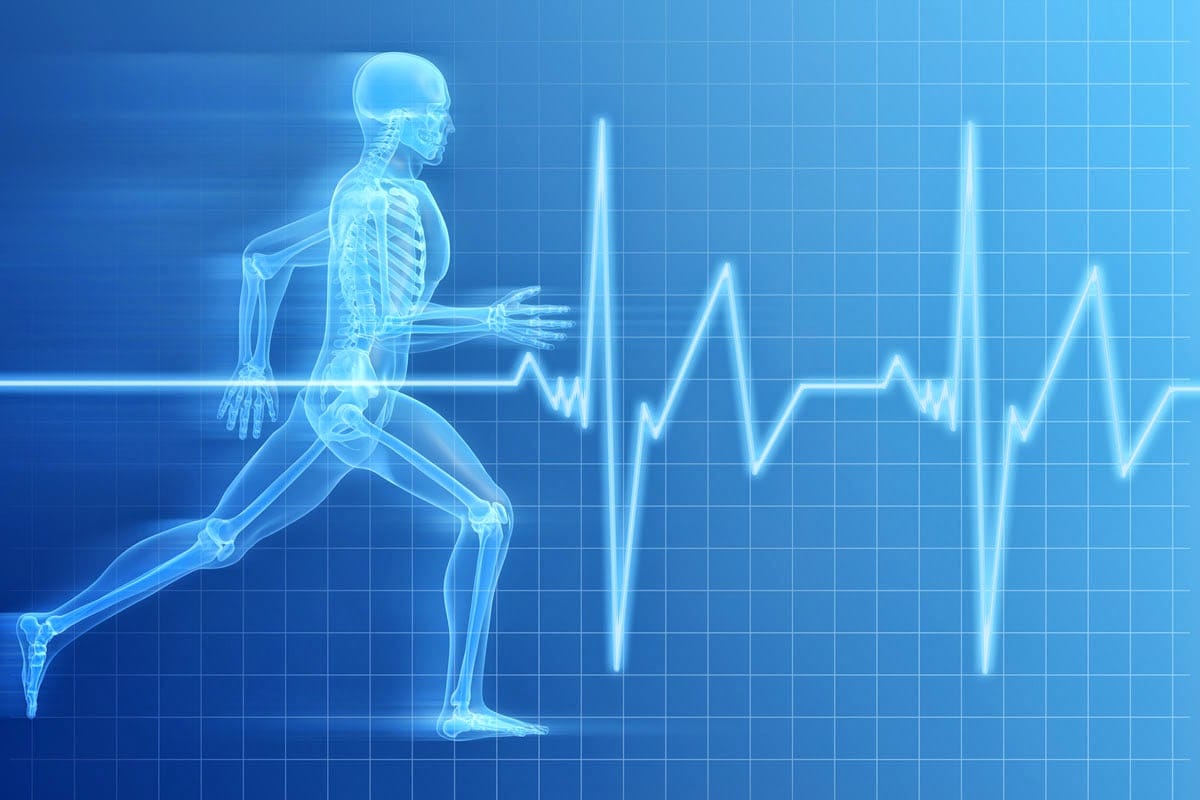In an era where knowledge is power, the field of healthy food data analytics has emerged as a key player in shaping our dietary choices and understanding nutrition better. Just think of it as the Sherlock Holmes of the food world—analyzing trends and patterns to help us make informed decisions about what we put on our plates. Let’s dive into this intriguing blend of numbers and nutrition!
The Importance of Data Analytics in Nutrition
Understanding Consumer Behavior
Data analytics in healthy food helps us decode consumer preferences. By analyzing purchasing habits, brands can determine which foods are hot (think avocado toast) and which ones are not (sorry, kale chips).
Imagine grocery stores using this data to create special displays for trending superfoods. Suddenly, every aisle is lined with a rainbow of quinoa and chia seeds!
Nutritional Insights
Beyond trends, data analytics helps identify nutrient deficiencies within populations. For instance, if a community consistently shows low levels of vitamin D, public health campaigns can target those areas to promote fortified foods or sun exposure.
Impact: This data-driven approach not only helps individuals but can also lead to healthier communities. Just picture a neighborhood where everyone is raving about their newfound energy levels after adding a little sunshine to their diets!
Analyzing Trends: What the Numbers Reveal
Emerging Superfoods
The world of superfoods is ever-changing. Data analytics enables researchers to monitor which foods are gaining traction and why. Is it the health benefits? The Instagrammability? Or perhaps a celebrity endorsement?
By analyzing social media trends and sales data, we can identify the next big thing in nutrition. “Move over, kale! Make way for spirulina!”
Dietary Preferences
With the rise of plant-based diets, gluten-free options, and paleo plans, understanding dietary preferences has never been more critical. Data analytics helps companies tailor their products to meet consumer demands.
For example, if a spike in interest for plant-based burgers is detected, manufacturers can ramp up production, ensuring that everyone can enjoy a juicy, meatless patty.
Tools for Data Analytics in Nutrition
Data Visualization
Tools like Tableau and Google Data Studio are essential for transforming raw data into visual formats that are easy to understand. These tools can create colorful charts and graphs that illustrate trends over time.
Imagine a pie chart showing how many people are switching to plant-based diets. Spoiler alert: it’s a big slice of the pie!
Statistical Analysis Software
Software such as R and Python are game-changers for nutritionists and data scientists. These tools help analyze complex datasets to uncover insights that might not be apparent at first glance.
If someone tells you they can predict the next food trend using algorithms, just nod and marvel at their brilliance!
The Future of Healthy Food Data Analytics
Personalized Nutrition
As we move forward, the future of healthy food data analytics looks promising. Imagine a world where your diet is customized based on your genetic makeup, lifestyle, and health goals.
Impact: You’d receive personalized meal plans right on your smartphone, telling you exactly what foods will help you thrive. “Sorry, potato chips; it’s not you; it’s my DNA!”
Sustainable Practices
Data analytics also plays a crucial role in promoting sustainability in the food industry. By analyzing food waste patterns, companies can develop strategies to reduce waste and enhance food production processes.
Just picture a world where every morsel is cherished, and composting becomes the new cool trend!
Conclusion: The Power of Data in Healthy Eating
In conclusion, healthy food data analytics is revolutionizing the way we understand nutrition and make dietary choices. By analyzing trends and patterns, we can uncover insights that lead to healthier lifestyles and sustainable practices.
So, the next time you munch on that trendy superfood, remember there’s a whole world of data behind it, crunching away to bring you the best options for your plate. And who knows, your next meal might just be influenced by the latest analytics trends—now that’s a tasty thought! 🍽️📊✨



